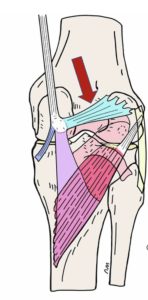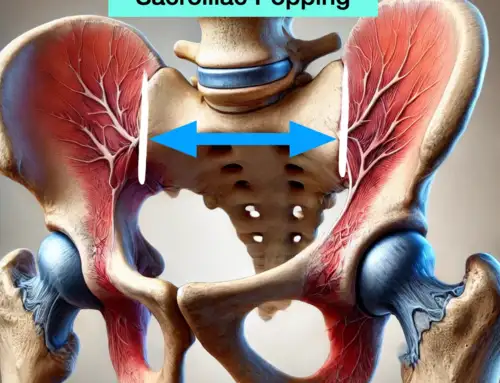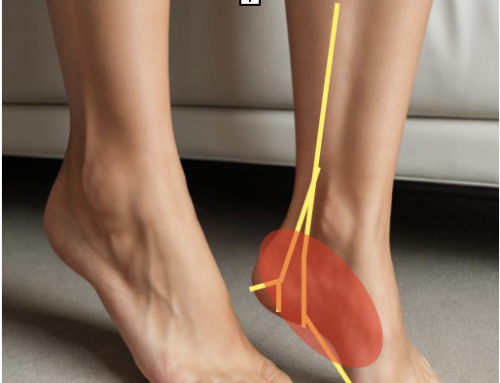Oblique Popliteal Ligament: An Important Posterior Knee Ligament
The Oblique Popliteal Ligament (OPL) is a significant ligamentous popliteal capsular reinforcement traveling obliquely across the posterior knee connecting the tibia and femur. This large oblique ligament’s function limits valgus movement of the knee, and when injured valgus, the deformity can occur. The semimembranosus muscle attaches directly to this obliquely oriented ligament giving additional dynamic stability of rotation forces across the popliteal or posterior aspect of the knee.

Latin: Ligamentum Popliteum Obliquum
Similar to most posterior knee ligaments, the oblique popliteal ligament is innervated by the posterior branch of the obturator nerve and the middle genicular nerve.
Treatment
Similar to other posterior knee ligaments, the oblique popliteal ligament treatment needs to include a complete evaluation and treatment of the posteromedial corner of the knee.
Including:
- Superficial medial collateral ligament (MCL)
- Deep medial collateral ligament (MCL)
- Posterior oblique ligament
- The posterior horn of the medial meniscus
- Semimembranosus muscle (hamstring)
Our editorial practices include evidence-based practices, interventions, and recommendations.





